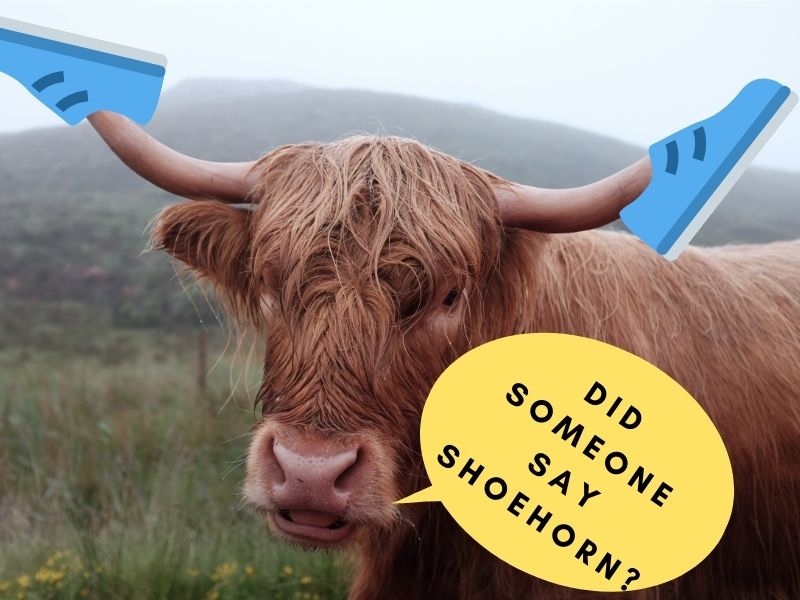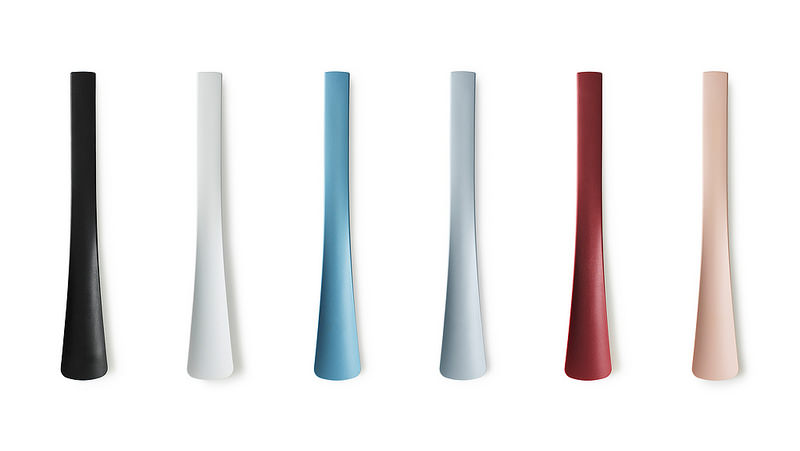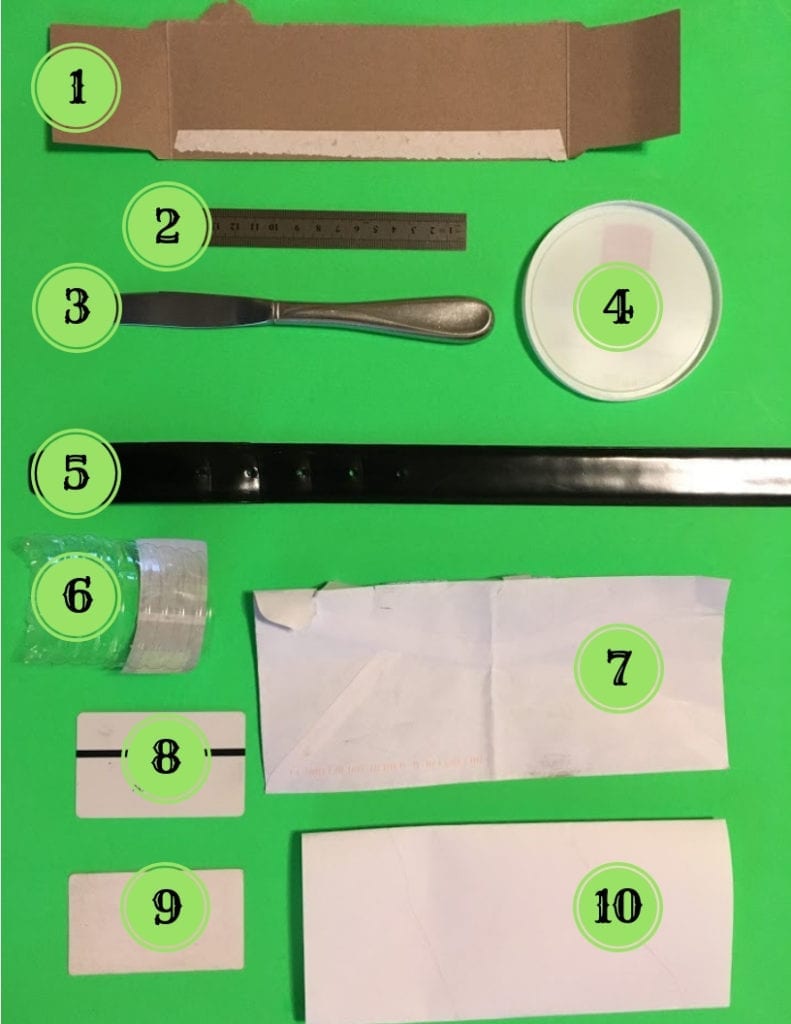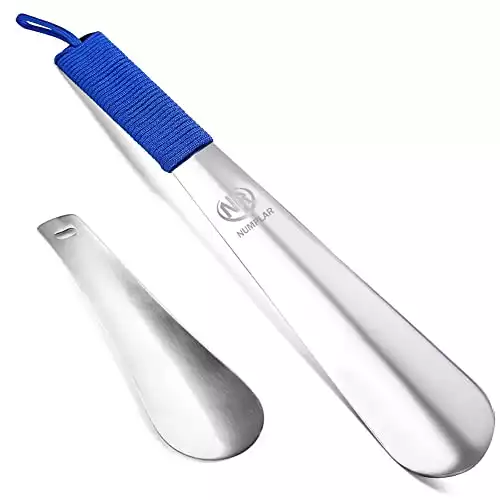Sometimes, when I am not careful, I give my dress shoes a flattened heel cup. The shoe heel gets bent in, making it harder the next time for my heel to fit into my shoe. That’s when I get a shoehorn to help my foot slide in properly.
Many shoes do not require a shoehorn, but dress shoes, high heels, taller shoes, and boots may need a shoehorn to help your foot slide into your shoe.
If you have struggled to get your heel into your shoe, that is a good sign you could benefit from a shoehorn. It may not be necessary to buy a shoehorn, but having one or a device that acts in the same manner, will give you fewer headaches with your footwear.
When Should I Use a Shoehorn?

Mint Condition
When I wear casual shoes around the house that I never use out, I tend to kick them off with the toe of my foot on the back of the heel of the shoe. It’s easy and convenient but starts to degrade the integrity of the supportive material around the heel of the shoe.
When I wear my boots or dress shoes, I use a shoehorn to keep them looking nice. Once you crease your leather shoes, they start looking less stylish and start to function less efficiently around the heel cup.
Ankle Flexibility
Whether your ankle is sore from an injury, you have tight muscles and tendons, or a swollen foot, you’ll want to have a shoehorn handy to help with insertion and extraction of your foot from your shoe.
Getting a long-handle shoehorn might work well for you because it will allow you the leverage to slip your foot in and out without having to bend and lift your foot off the ground. This can work for ankles that have little mobility.
Tight Collar
When you have a shoe with a limited opening for your foot to fit in, then it will likely be a bit of a struggle to get your foot in.
Hightop shoes or boots require your foot to enter at an angle that can be difficult. No one wants to untie their shoes, so the laces need to be removed from the eyelets. But sometimes shoes don’t have long enough laces or are just not accessible without crushing or bending your shoe out of shape.
A shoehorn will give you the option to get shoes on with less struggle in tight situations and less fuss with laces and heel cups.
Back Problems
When I was a boy scout, I went to a camp for a week at Beaver, Utah. I had fun but scraped my back-up pretty well. I remember bending over to tie my shoes for a couple of days wasn’t as easy anymore.
Lots of people have back issues, and having a shoehorn will aid them when putting on their shoes and taking them off.
One idea to help with back problems is to get stretchy laces or no-tie shoelaces. That way you can use a long shoe horn without bending over and slip your foot in or out with minimal effort.
How to Use a Shoehorn
It is fairly easy to put your shoes on with a shoehorn. Here are some tips to help out.
- Place the shoehorn in your shoe so it rests against the heel cup of the shoe. The shoehorn can be placed at a slight angle, so the bottom of the shoehorn is forward, and the handle is pulled back a bit.
- Place the shoehorn so the spoon-shaped section is at the bottom and cup your heel, the same contour as the inside of the shoe heel.
- Insert your toes into the shoe until the front of your ankle touches the tongue of the shoe, and the heel of your foot touches the shoehorn.
- Next, angle the shoehorn handle toward your leg or foot and apply some pressure forward and down with your heel.
- When your foot slips down and touches the insole, remove the shoehorn.
- Each shoehorn is different and may require you to adjust your method a bit; just keep in mind that placing your foot into your shoe shouldn’t be too much of a struggle. If it is difficult to get your foot in while using your shoehorn, try loosening your laces a bit or going at it a bit slower.
Shoehorn Materials History
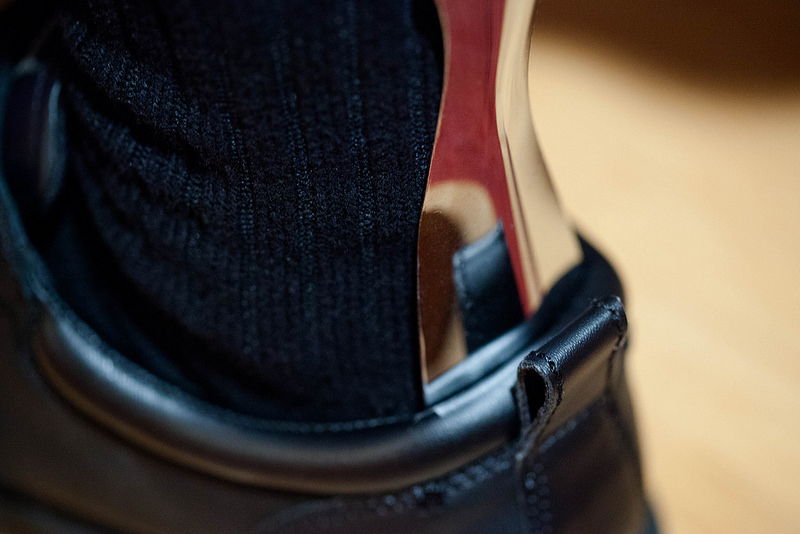
Since the Renaissance, shoehorns have made it easier for people to put on their shoes. Originally made of animal horns, they are likely called shoehorns for this reason. They were also made of many other materials such as glass, hoves of animals, bones, ivory, various metals, and seashells.
Later, shoehorns were used more widely as shoes became more affordable for more people. Shoehorns were made of the same types of materials, as well as tortoiseshell and wood.
Shoehorns have continued to be made with various materials until the invention of plastic. Now, many shoehorns are made with plastic and this is still common today.
Choose your Shoehorn Carefully
Not all shoehorns are made alike. Some plastic and metal shoehorns are too thin and tend to bend or break easily. Choose a shoehorn that is thicker and more resilient. Maybe buy one made of an actual horn.
10 Shoehorn Alternatives
If you need a shoehorn right away, try some of these alternatives for getting your shoe on.
- Cereal box or cardboard. Cut out a 2-inch wide section from a cereal box. The cardboard should let your foot slide in without crushing your heel.
- A ruler could help out. I guess it all depends on what kind you have handy.
- A butter knife is similar to a shoehorn in some ways. It should allow you to slip your foot into your shoe, but be careful with the amount of pressure you use since the butter knife is narrow and might be too thin to resist a lot of pressure.
- How about a plastic lid top for a container? Use the flat top section against your heel and the opposite side against the heel cup. It contours well, and your foot can slide smoothly.
- Your belt might work in a bind, giving you just enough sliding action to fit your foot in.
- Recycle a water bottle. Cut a plastic water bottle in half from the top to the bottom, cutting off the where it tapers at the top and the flat part at the bottom.
- You’ve got mail! Try using a piece of mail you don’t need. Paper is already folded inside and your foot will likely slide in nicely.
- A plastic card you’re not likely to need. I have lots of plastic credit card size card that I no longer use. These work fairly well at sliding your foot into your shoe. Don’t use a card you use regularly; it might not work after.
- A business card might work with a little finesse.
- Try paper or newspaper. Folding the paper several times can create just the right amount of stiffness to help your foot slide into your shoe.
How Much Does a Shoehorn Cost?
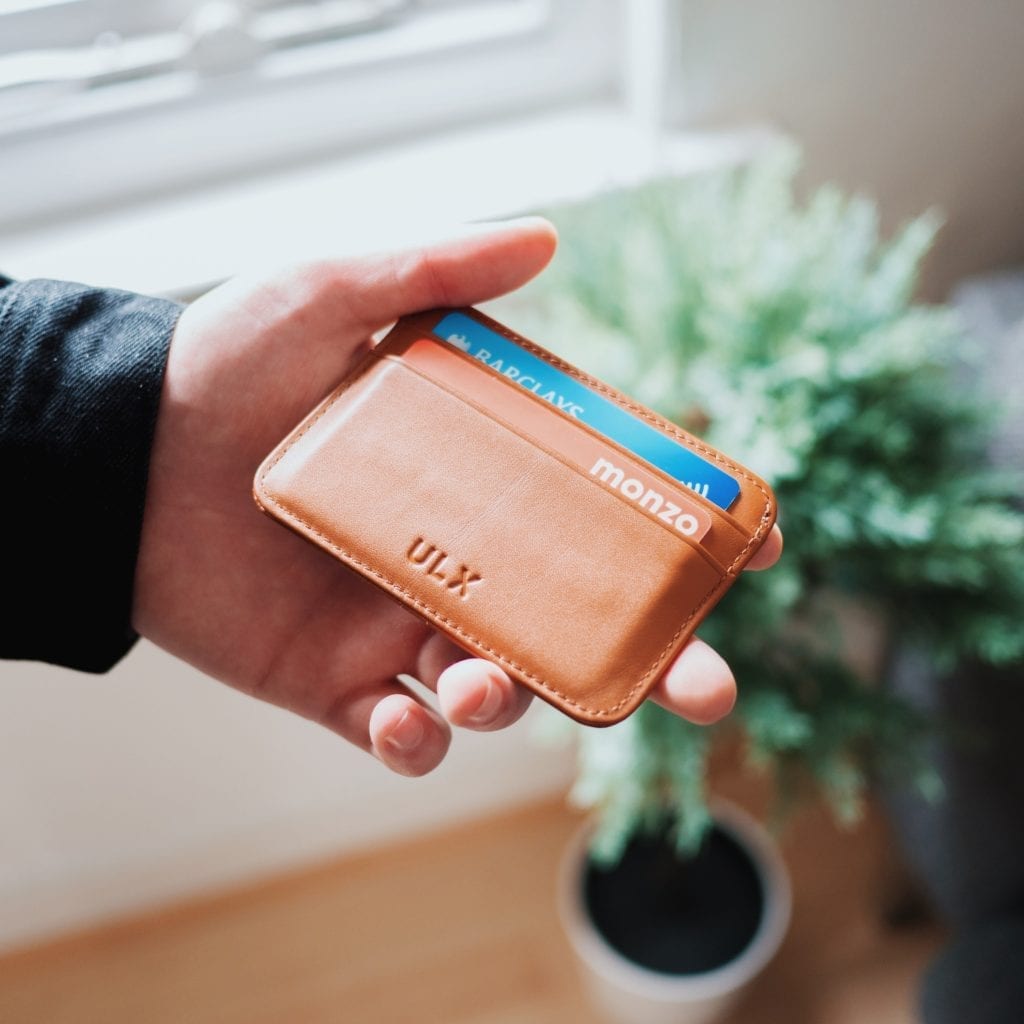
You can find them fairly cheap. I think I bought one at the 99¢ store once, but I don’t think it lasted long.
Shoe horns are helpful if you buy one that is of good quality. I have had at least two plastic shoehorns break while using them. I tried to save money and buy cheap. Now I have a fairly solid metal shoehorn, so no more worries about my shoehorn breaking.
Buy a good quality one for around $10 or more. There are so many to choose from, so decide on your needs and preferences. Then buy one that has a good reputation.
It might look good but don’t be deceived by good looks. Some of the best-looking ones have bad reviews when I search on Amazon.com.
Thanks for visiting Helpshoe.com
Additional Questions
Are my shoes too tight?
When you are sliding your shoes on and it’s difficult, think about these three questions. And if you answer yes to them, then your shoes should fit just right.
- Do your toes have about an inch of room in the front?
- Are your feet snug but not tight in the middle of your shoe?
- Is your heel cup, the area that should comfortably hug your heel, snug but not too stiff?
Which socks are best for dress shoes?
Most dress socks are made to be thin, and for good reason; dress shoes should fit snug, and thin socks help them stay snug but not too tight. Choose natural fibers for comfort, warmth, and wicking ability may be your best bet.
Photo credit: Normann Copenhagen on Foter.com / CC BY-SA
Photo credit: trustypics on Foter.com / CC BY-NC

